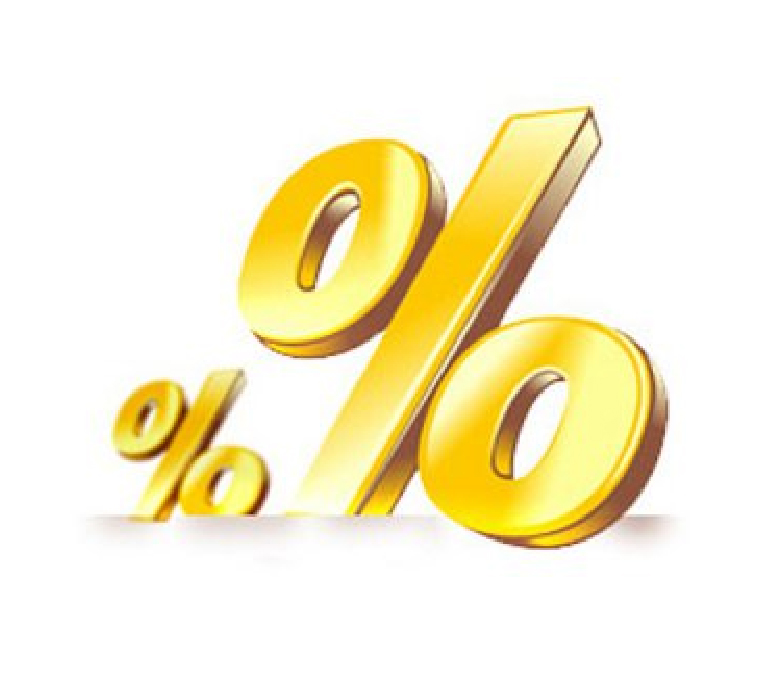- AME CAPITALS
- Trading Technology
- Help AME Trading
Part III. Fundamental Analysis / Chapter 7: The Essence of Inflation
We are all familiar with the concept of inflation – during the restructuring period, the issue of uncontrolled price increases in Russia was particularly relevant. However, not everyone fully understands the true meaning of inflation. Therefore, the mechanism of inflation, as well as its impact on the economic condition of a country and the exchange rate of the national currency, remains a mystery for many. This chapter will discuss the definition of inflation and its various forms in the context of trading on the Forex market.

Inflation is the process of decreasing the purchasing power (devaluation) of money, accompanied by an increase in prices for goods and services. This process is expressed as a percentage per month or year, which allows the economic condition of a particular country to be compared with other countries. It is noteworthy that even the most industrially developed countries have not been immune to the problem of inflation. Moreover, moderate inflation rates contribute to the health of the economy, as such inflation stimulates demand and, consequently, domestic production. .
In textbooks on economic theory at universities, inflation is commonly classified into various types and forms based on different aspects: the rate of increase, suddenness of occurrence, homogeneity, etc. We will briefly discuss this classification without delving into detailed study, as we are more interested in the practical relationship between inflation and currency exchange rates in Forex trading.
Depending on the rate of growth, inflation is classified into creeping inflation (up to 10% per year), galloping inflation (10% to 500% per year), and hyperinflation (over 500% per year). Creeping inflation is characteristic of most industrially developed countries and does not pose a threat to the economy. In the context of modern economic theory, such inflation is even considered an indicator of sound economic policy by the government. Galloping inflation, on the other hand, indicates economic stress. In such conditions, the population tends to get rid of cash in the national currency in favor of goods, precious metals, and more stable currencies. Long-term capital investments are not common under galloping inflation. Hyperinflation represents a serious threat to the country's economy. It is accompanied by speculation and disruption of production, and in such inflationary conditions, almost all market mechanisms are paralyzed.
In terms of price divergence among different groups of goods, inflation is divided into balanced and unbalanced inflation. Balanced inflation is characterized by a nearly simultaneous rate of price growth for different categories of goods and services. Unbalanced inflation, on the other hand, is characterized by a divergence in the rate of price growth among different categories.
Inflation can be classified as either explicit or suppressed (hidden). Explicit inflation is characteristic of countries with market regulation, where the government's role in price determination is minimal. Such inflation is accompanied by price increases for goods and services and a decline in the value of the national currency. Suppressed inflation, on the other hand, is characteristic of economies in which the government actively participates in price setting. This type of inflation manifests itself in product shortages on store shelves, leading to longer queues, the introduction of rationing systems, deterioration in product quality, the development of the shadow economy, prevalence of barter transactions, and forced accumulation of money. Suppressed inflation was prevalent in the economy of the former USSR.
There are several other aspects of inflation classification, but we will not delve into them within the scope of our Forex learning. For those who are curious, textbooks on economic theory in universities can serve as a good starting point for self-study of inflationary processes. In conclusion, in addition to types, inflation is also classified by types: demand-pull inflation and cost-push inflation. Demand-pull inflation is driven by increased demand for goods and services due to excess money supply, increased government spending, inflow of foreign currency into the country, and other factors. Cost-push inflation is characterized by rising prices of goods due to increased production costs. As the cost of production is composed of wages, raw materials, energy resources, fuel, etc., an increase in any of these components can lead to reduced production volumes and higher prices.
In this chapter, we have touched upon the theoretical foundations of inflation. The next chapter will examine inflation indicators, which characterize inflation, allow for its analysis, and serve as prerequisites for trading decisions to buy or sell currency in the Forex market.






